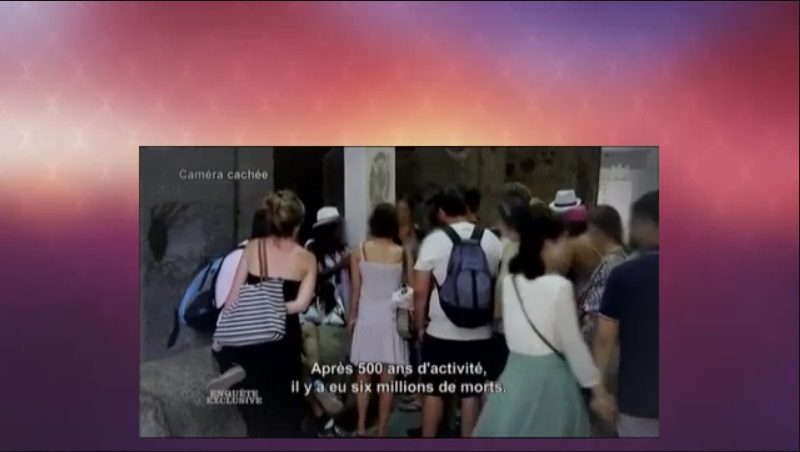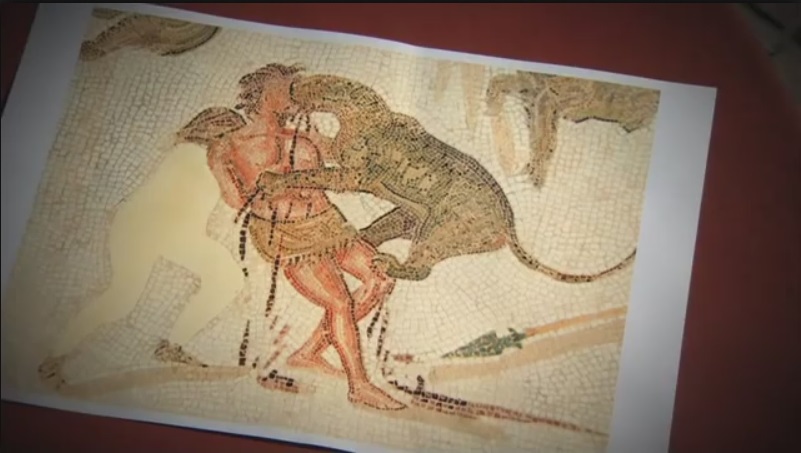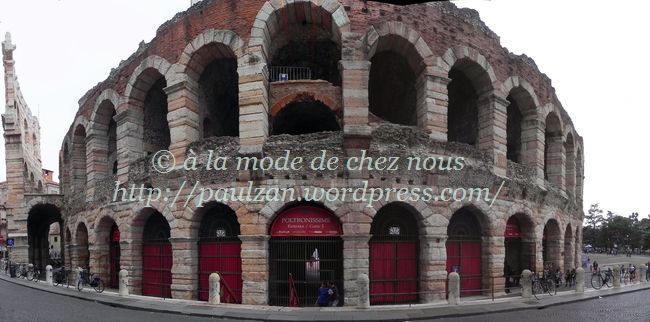Amphitheatrum Flavium, better known as the Colosseum, Rome, 1st July 2011
A colossal number of deaths
Roughly three weeks ago, I saw a documentary
about Rome on M6 (a privately owned French television
channel) as part of a series this channel runs on a weekly basis called
‘exclusive investigations’ (‘Enquête exclusive’ in French). To
be more precise, the documentary was about the kind of scams tourists
are often the victims of in the Eternal City. Hence the title which I do
not even need to translate into English if I tell you that ‘arnaques’
means scams: ‘Rome: tourisme, arnaques et racket’.
One of the sections focused on what seems to be a highly lucrative business, namely providing tour guides to groups of tourists, and more specifically this section looked at the ways in which some tourists get conned in the process. Using a hidden camera, one of the journalists revealed the lack of historical accuracy bordering at times on sheer fantasy that the tour guide of the group he had joined was guilty of, most notably when she claimed that the Amphitheatrum Flavium (which is better known as the Colosseum) was the monument where the greatest number of deaths occurred worldwide: according to her, 6 million people over a period of 500 years.

One of the sections focused on what seems to be a highly lucrative business, namely providing tour guides to groups of tourists, and more specifically this section looked at the ways in which some tourists get conned in the process. Using a hidden camera, one of the journalists revealed the lack of historical accuracy bordering at times on sheer fantasy that the tour guide of the group he had joined was guilty of, most notably when she claimed that the Amphitheatrum Flavium (which is better known as the Colosseum) was the monument where the greatest number of deaths occurred worldwide: according to her, 6 million people over a period of 500 years.



